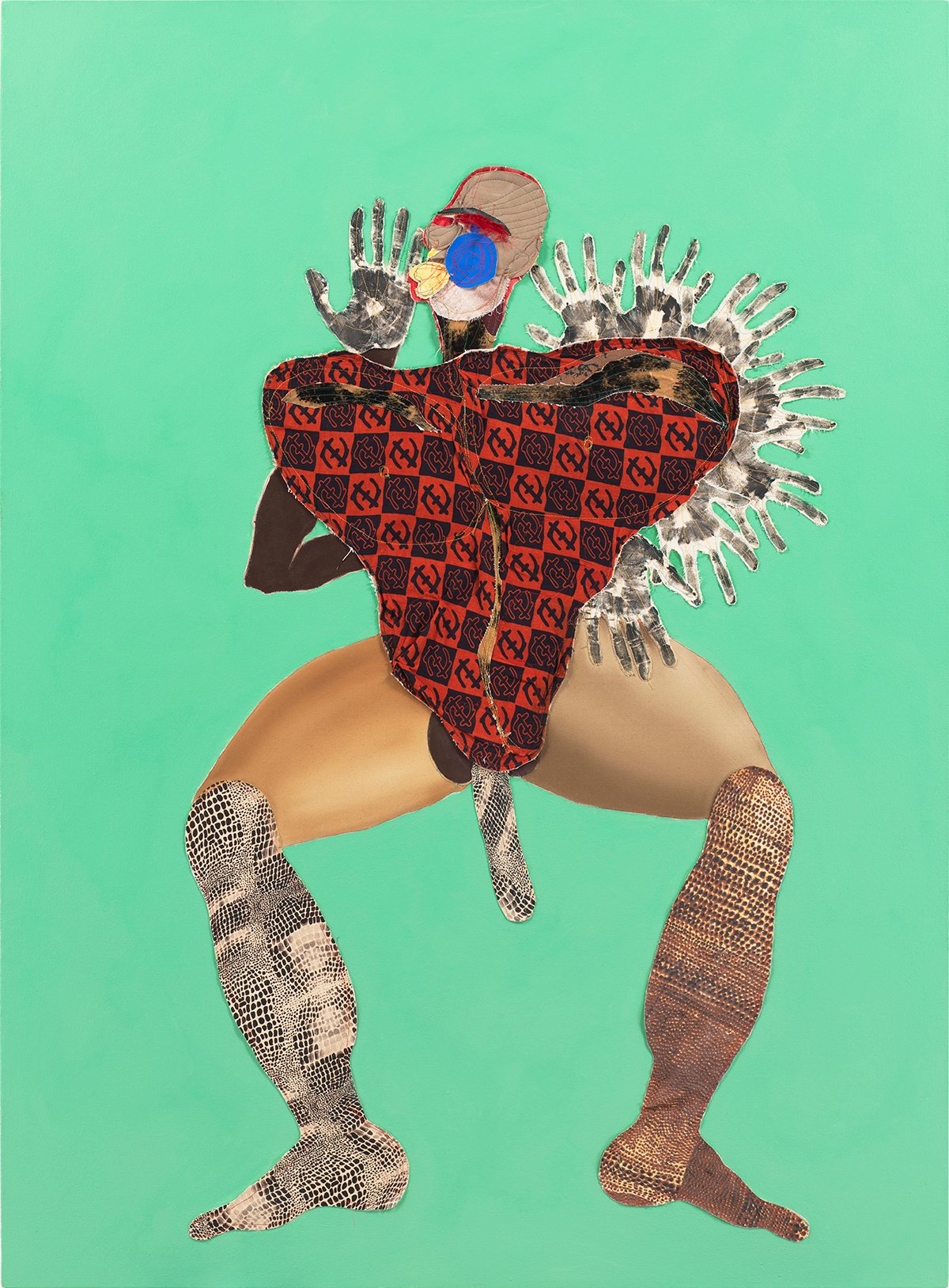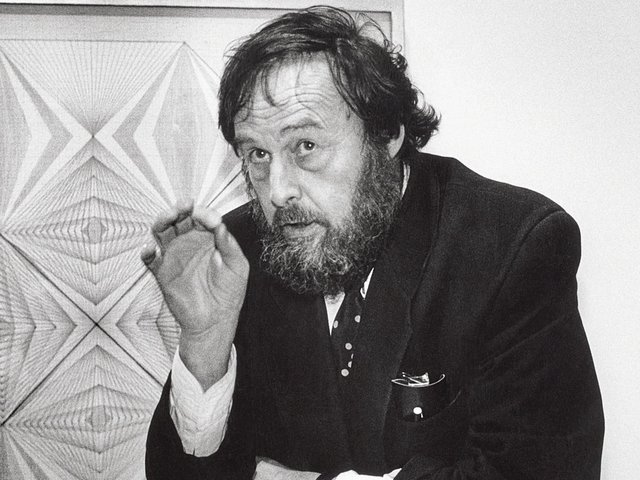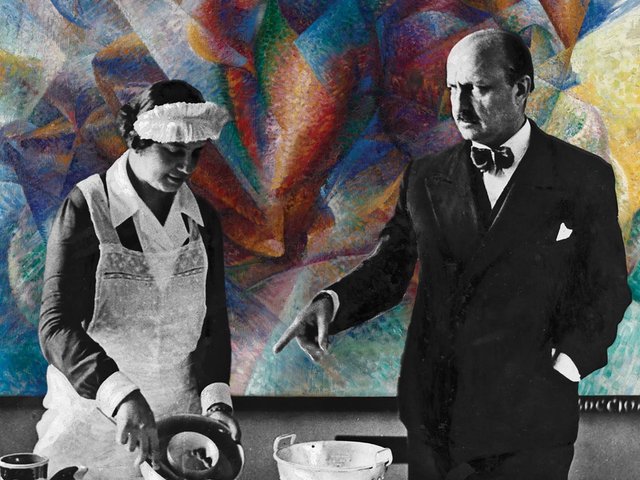In 1968, Christo and Jeanne‑Claude draped 26,000 sq. ft of polyethylene over the Neo-Classical façade of the Kunsthalle Bern—their first wrapping of an entire building. Commissioned by the radical Swiss curator Harald Szeemann for a group show of environmental works, Wrapped Kunsthalle may have only lasted a week but it pushed the boundaries of what art could be.
The Kunsthalle recently relived the moment with another monumental intervention, this time by Ibrahim Mahama. In place of plastic, the Ghanaian artist enfolded the building in a material evocative of global labour and trade—jute sacks made in Southeast Asia and imported to Ghana for the transportation of cocoa beans to European markets. The Swiss chocolate industry in particular has grown rich from the harvest of West African farmers, who supply a hefty portion of the world’s raw cocoa.
Mahama’s installation, which called back to Szeemann’s renegade curating and the lesser-known colonial history of Swiss cocoa extraction in Ghana, was a primer for the future direction of the Kunsthalle Bern. The jute wrapping was a symbolic “cocoon” that the Kunsthalle shed in early June, re-emerging last week from a year-long transformation spearheaded by the museum’s director, iLiana Fokianaki.
New entrance, new thinking
Shortly after Fokianaki’s appointment in late 2023, new fire regulations prompted the Kunsthalle to add a second entrance, designed by ALIAS architects, at the back of the building. The institution’s first major renovation in more than a century presented “a great opportunity to reframe a lot of things backstage”, Fokianaki says, including pay for staff and artists, increased audience engagement and a new vision for the exhibition programme.
“The history of the Kunsthalle has been a very Eurocentric, very white history,” she says. “This is something that one needs to address. And it is now a moment in Swiss society and museums where these discussions are more prominent.” Fokianaki points to the National Museum Zurich, which last autumn staged a major exhibition exploring Switzerland’s colonial past.

The Namibian artist Tuli Mekondjo’s 2023 work Ounona veda(Children of the soil) Photo: Jasper Kettner
After commissioning “the first gesture” of change from Mahama, the institution reopened with a trio of shows by Black artists. Alongside solo exhibitions for the octogenarian US sculptor Melvin Edwards and the young Namibian artist Tuli Mekondjo, Tschabalala Self is presenting an installation of her signature painted and collaged Black figures.
Edwards’s retrospective opened last year at the Fridericianum in Kassel and will travel to the Palais de Tokyo in Paris in 2026. Each iteration is different, with Bern bringing in “contributions” from the artist’s friends and influences to give “a flavour of all the things that orbit around Mel”, Fokianaki says, from American histories of slavery and segregation to the Civil Rights movement, to his later engagement with Africa. In addition to the well-known Lynch Fragments and other sculptures welded out of barbed wire and chains, the show includes vibrant works on paper, in which Edwards used metal scraps as stencils for spray-paint and watercolour.
Mekondjo’s research delved into the erasure of ancestral cultural practices in Africa—another kind of extraction wrought by European colonialism. Her new installation, created in dialogue with the Museum of Ethnography in the nearby Swiss town of Neuchâtel, references ritual objects known as “crafted children” that Western missionaries, ethnographers and travellers removed from Namibia during the colonial era. Family members would fashion such dolls for young girls to augur the birth of their own children.
Conscious pairing
Mekondjo’s work “was very consciously paired” with Edwards’s sculptural explorations of African American identity, Fokianaki says. “Of course, all these things interconnect.” Before Bern, Fokianaki was the founding director of State of Concept in Athens, an independent art institution with a strong social-justice mission. The Kunsthalle’s new cycle of exhibitions kicks off a similarly engaged curatorial programme in Bern, tackling questions of environmental catastrophe, equity, labour rights and the politics of care over the next two years.
The history of the Kunsthalle has been a very Eurocentric, very white historyiLiana Fokianaki, director
If Szeemann put the Kunsthalle Bern on the map as a hotbed of avant-garde experimentation in the 1960s, Fokianaki wants to reconfigure its exhibition-making for the politically charged present. She describes the projects of Mahama, Edwards and Mekondjo as expressions of the “Plantationocene”, a model for understanding the climate crisis in relation to “racial capitalism”. Other conceptually driven exhibition projects are on the way from the artists Sung Tieu, Gala Porras-Kim and Daniela Ortiz.
“Different perspectives that are not Eurocentric, but are of the world, of the global majority, are interesting to us,” Fokianaki says. “I would like people to think of the Kunsthalle as a place that reflects the important and difficult questions of our times, and we can offer that instead of just a beautiful exhibition.”
Reopening exhibitions: Melvin Edwards, Tuli Mekondjo, Tschabalala Self, Kunsthalle Bern, until 17 August




